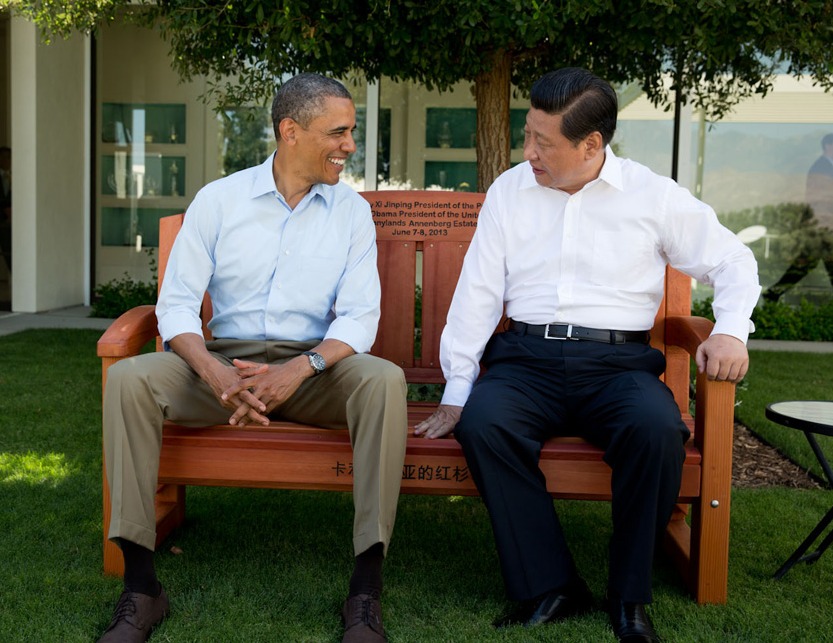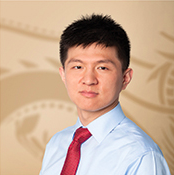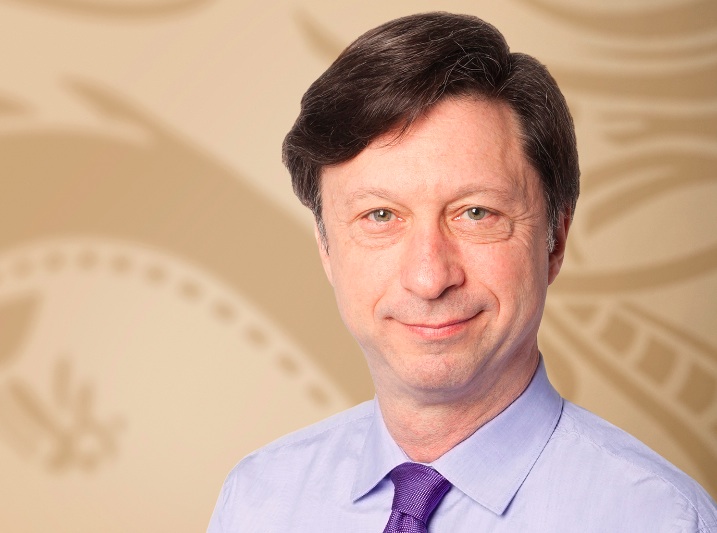Just about the time of the Asia-Pacific Economic Cooperation (APEC) summit late last year, my social media feed began filling up with stunningly beautiful images of autumn in Beijing. This made me feel like all my bad memories of the city’s haze and smog were merely delusions. The chatter that week was all about what was nicknamed “APEC Blue,” the clear blue skies that replaced the normally smog-choked atmosphere ahead of the economic summit—a result of intentional government closings of factories and roads. This was done expressly to clear the air before the world leaders arrived.
The APEC meeting was touted as the second-most important event in Beijing after the Olympics, and it was a great feat to clean the air even though results were just temporary. Beijingers have added “APEC Blue” to their urban slang and joke that it stands for “Air Pollution Eventually Controlled” Blue. While some companies may have taken a hit after shuttering their factories, the temporary blue skies also demonstrates that air pollution is controllable and it is not “pollution with China characteristics,” an overused term to explain differences unique to the country. It is just a matter of how much effort and priority one places upon this.
Producing APEC blue is a complicated and expensive task. In addition to shutting factories and closing roads, the government offered additional paid time off to local state workers, closing many businesses and postponing winter heating supplies to reduce coal burning.
In my view, air pollution is symbolic of growing pains. If you consider the history of London, Los Angeles, Tokyo and Chicago, almost all major metropolitans have gone through similar pains as they developed and industrialized. Beijing is not an outlier, even though environment protection was well-discussed in my 8th grade textbooks.
Thanks to President Barack Obama’s trip to China, Chinese President Xi Jinping proceeded to outline a climate change agreement with the U.S. during the APEC summit. The world’s two biggest greenhouse gas emitters have been at opposite ends of the negotiating table during almost two decades of attempts to strike a meaningful global pact to lower emissions. This is the first time China has agreed to cap its emissions, after arguing for many years that it needed to grow richer before worrying about climate change. Progressively, we hope to see more Chinese initiatives, not only aggressive and temporary ones that have led to such literal breaths of fresh air as APEC blue, but those more akin to such efforts as the Clean Water and Clean Air acts that have had more lasting benefits.
At Matthews Asia, we aim to seek firms well-positioned to ride on this wave and benefit from China’s environmental improvements as well as its shift toward a more service- and consumption-oriented economy.
Column by Raymond Z. Deng, Research Analyst at Matthews Asia.
The views and information discussed represent opinion and an assessment of market conditions at a specific point in time that are subject to change. It should not be relied upon as a recommendation to buy and sell particular securities or markets in general. The subject matter contained herein has been derived from several sources believed to be reliable and accurate at the time of compilation. Matthews International Capital Management, LLC does not accept any liability for losses either direct or consequential caused by the use of this information. Investing in international and emerging markets may involve additional risks, such as social and political instability, market illiquidity, exchange-rate fluctuations, a high level of volatility and limited regulation. In addition, single-country funds may be subject to a higher degree of market risk than diversified funds because of concentration in a specific geographic location. Investing in small- and mid-size companies is more risky than investing in large companies, as they may be more volatile and less liquid than large companies. This document has not been reviewed or approved by any regulatory body.



